As the war in Ukraine grinds on, attention remains fixed on the battlefield. But Russia’s most vulnerable flank is not in the trenches — it’s in the treasury. The West, and especially the United States, holds economic levers that could push Vladimir Putin toward serious negotiations or even collapse his ability to sustain the war altogether.
Recent developments signal a shift in Washington’s posture. Military aid to Ukraine has resumed, and a landmark U.S.-Ukraine resource agreement was signed on April 30.
More significantly, senators — led by Republican Lindsey Graham — are advocating sanctions that would impose 500% tariffs on Russian oil and commodity exports. Moscow has reacted with alarm, calling this initiative a “counteroffensive from the American deep state.” It’s no bluff. The Kremlin is right to be worried.
What truly threatens Putin’s war machine is energy revenue — or rather, the loss of it. The Russian economy is deeply dependent on oil and gas exports, with the 2025 federal budget based on an oil price of $70 per barrel. But Russian Urals crude is now priced around $60, and could fall further. Saudi Arabia, frustrated by non-compliance within OPEC+, is allowing oil prices to drop, potentially triggering a price war. Riyadh has openly stated it can withstand a prolonged period of low prices — a veiled threat aimed at Moscow and other OPEC+ defectors.
Exclusive: Russia’s ballistic missile production up at least 66% over past year, according to Ukrainian intel figures
Russia’s production of ballistic missiles has increased by at least 66% over the past year, according to data from Ukraine’s military intelligence (HUR) shared with the Kyiv Independent. According to data obtained by HUR, Moscow is now producing 60 to 70 Iskander-M — the ballistic version of the missile — and 10

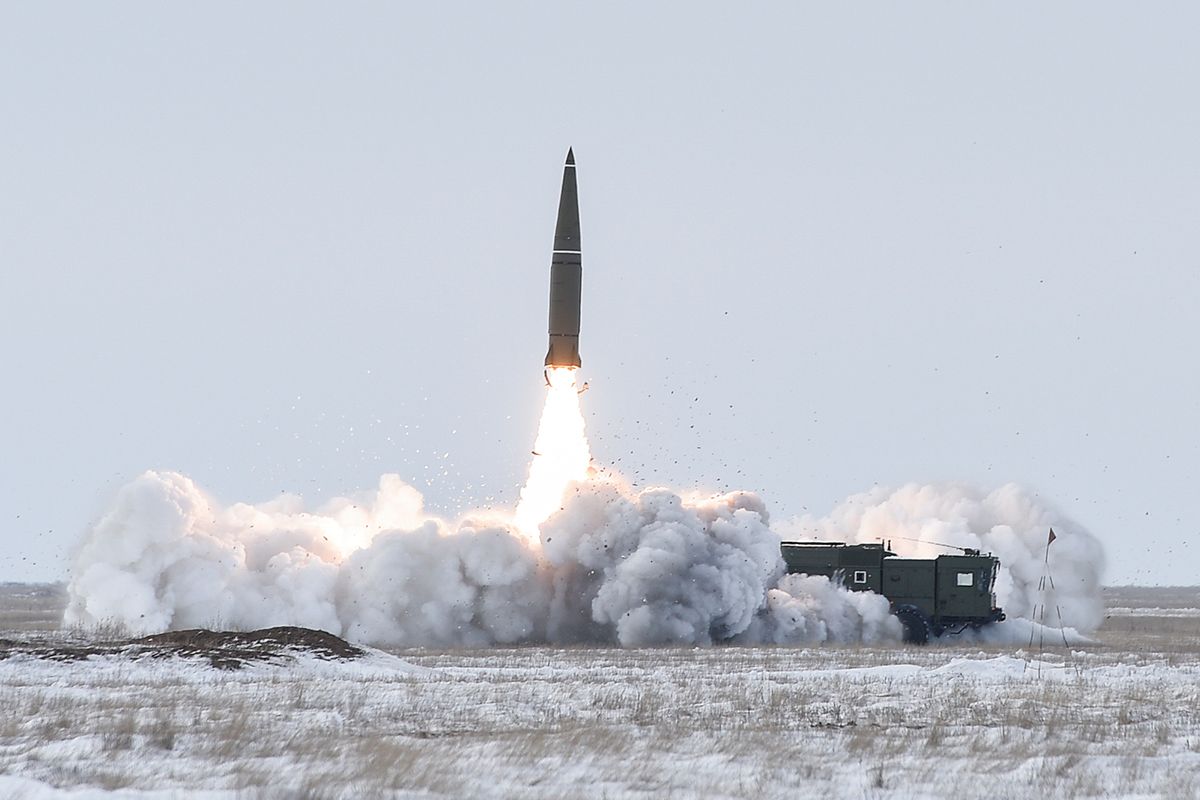
The effects are already visible. Russia has slashed its oil revenue forecast for 2025 by 24%, with the Finance Ministry predicting a drop from 11 trillion to 8.3 trillion rubles. The country’s oil production could decline by up to 50% by 2030, largely because newer reserves are technically difficult and capital-intensive to extract. That’s why Moscow is quietly seeking Western — specifically U.S. — expertise to develop these fields. A coordinated, firm sanctions regime from Washington and Brussels could shut that door completely.
Simultaneously, the U.S. and Saudi Arabia are deepening their energy partnership, particularly in liquefied natural gas (LNG). Saudi Aramco has reportedly signed memoranda of understanding with American LNG exporters like NextDecade and Sempra. The latter already holds a major supply contract with Poland’s Orlen, and the U.S. is now poised to become a key alternative gas supplier to Central and Eastern Europe. These investments will expand global LNG capacity and bring prices closer to the U.S. Henry Hub benchmark — lowering Europe’s dependence on Russian gas.
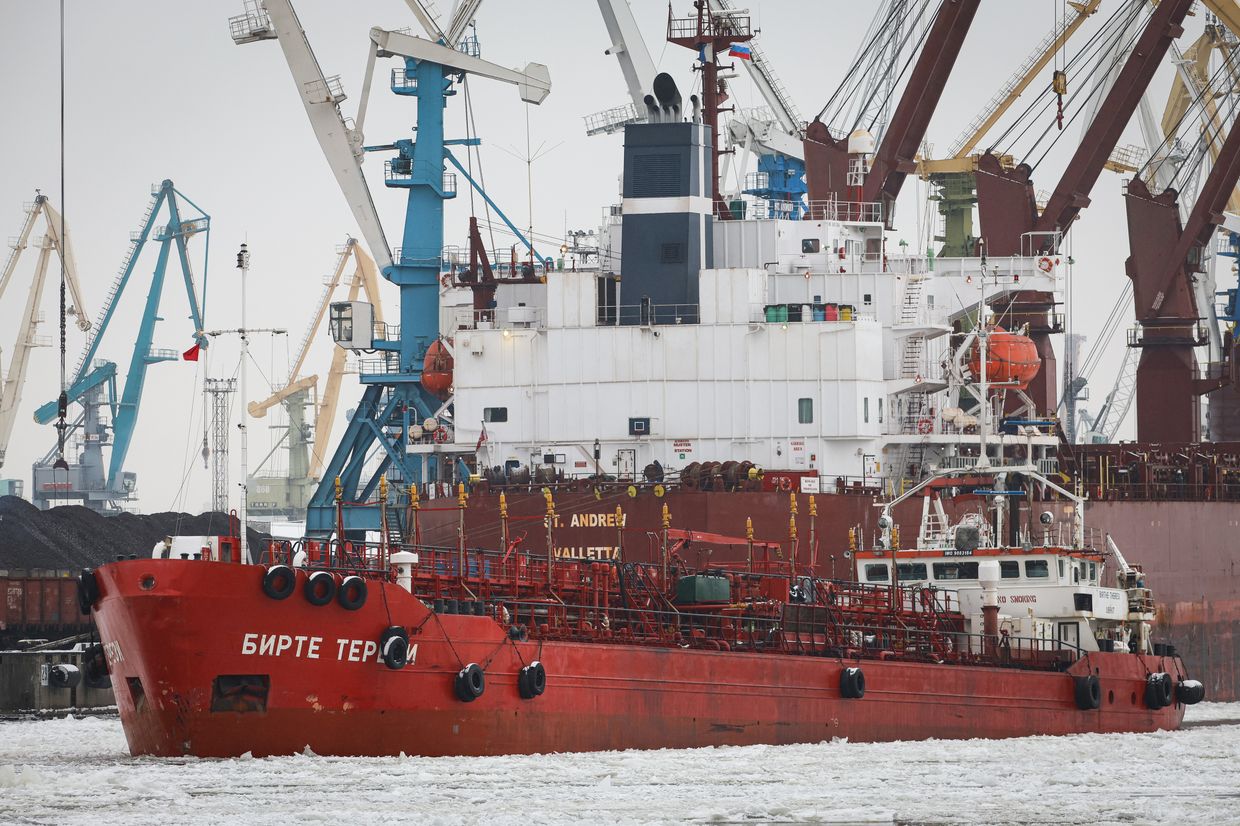
Poland and Ukraine are moving to capitalize on this trend.
Warsaw has announced plans for a second floating LNG terminal, which could eventually supply Slovakia and Hungary — two nations historically reliant on Russian gas. Ukraine, meanwhile, is gaining investor interest now that the U.S. has committed to a joint Reconstruction and Investment Fund, funded through future resource extraction projects. For the first time since the full-scale invasion began, Western business sees a path forward in Ukraine's energy sector.
The implications for Russia are grave. Military spending has ballooned to 6.3% of GDP — its highest level since the Cold War — while the budget deficit continues to rise. To fund its war, the Kremlin is raiding reserves, raising taxes, and cutting social programs. Absent war spending, Russia might already be in recession. The regime increasingly relies on military conflict to justify domestic hardship and consolidate power.
Inside Russia, calls for peace come with conditions — and Kremlin talking points
Following the second round of direct peace talks with Ukraine, the Russian side leaked its proposal on how to end its war — effectively a demand for Ukraine’s surrender. Yet, if the intentions of the Kremlin are no secret — continue the war until a political or military victory — getting information on

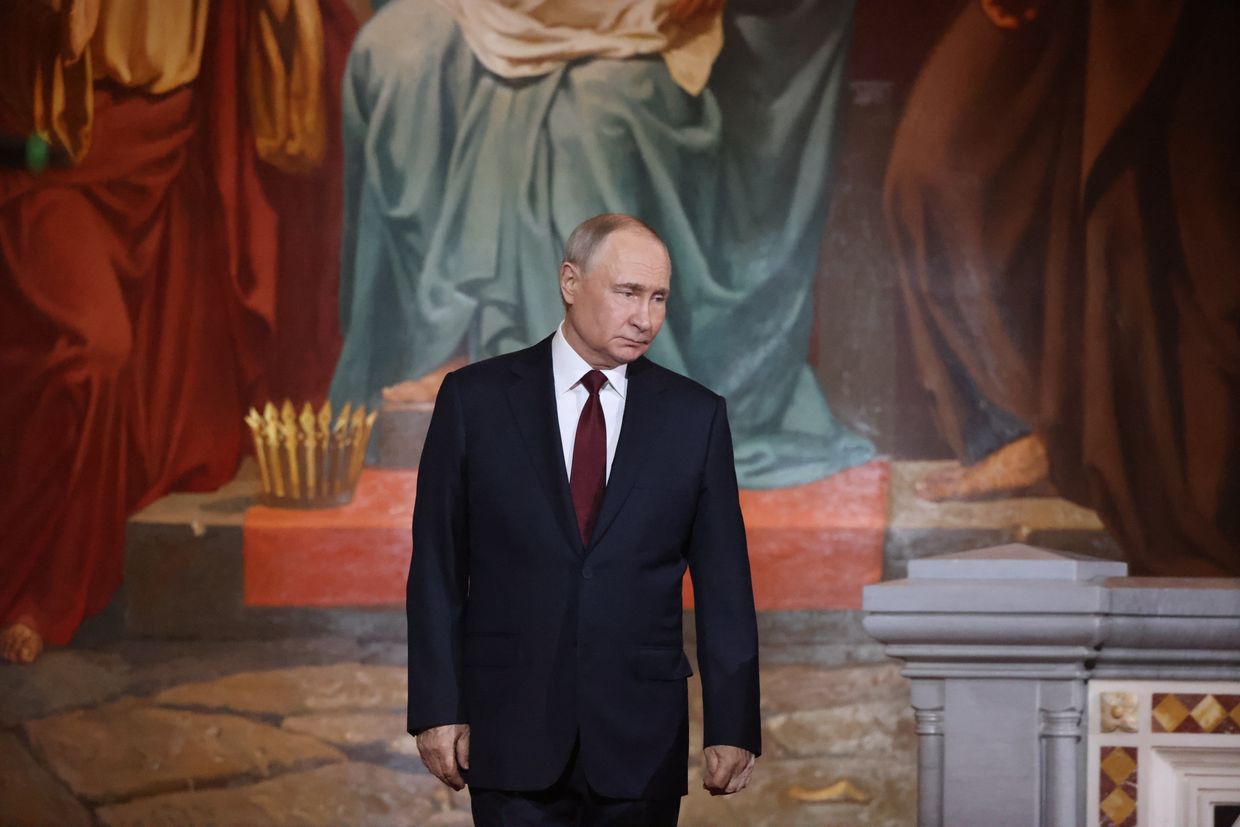
But the geopolitical landscape is shifting. The combination of low oil prices, expanding LNG competition, and targeted U.S. sanctions could inflict sustained economic damage on Russia without risking American or European lives. Energy diplomacy, not just weaponry, could determine the outcome of this war.
The next steps are critical. The White House must maintain pressure — not just by providing Ukraine with military aid, but by deepening its energy cooperation with allies and enforcing robust sanctions. The message to Moscow should be clear: the price of continuing the war will be economic asphyxiation.
If the United States can coordinate its economic tools with allies in Europe and the Middle East, Russia may find itself unable to afford the very war it insists on waging.
Editor’s Note: The opinions expressed in the op-ed section are those of the authors and do not necessarily reflect the views of the Kyiv Independent.

.png)
 German (DE)
German (DE)  English (US)
English (US)  Spanish (ES)
Spanish (ES)  French (FR)
French (FR)  Hindi (IN)
Hindi (IN)  Italian (IT)
Italian (IT)  Russian (RU)
Russian (RU)  4 hours ago
1
4 hours ago
1

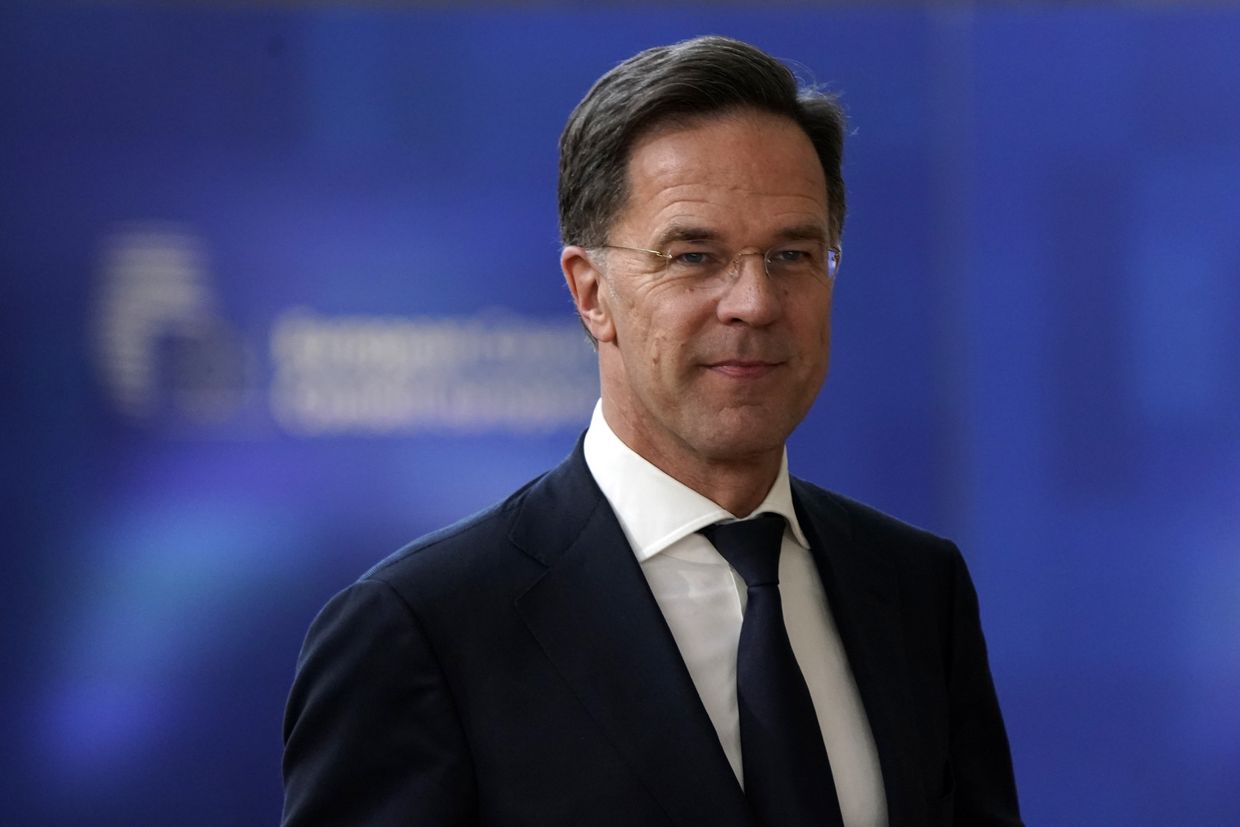
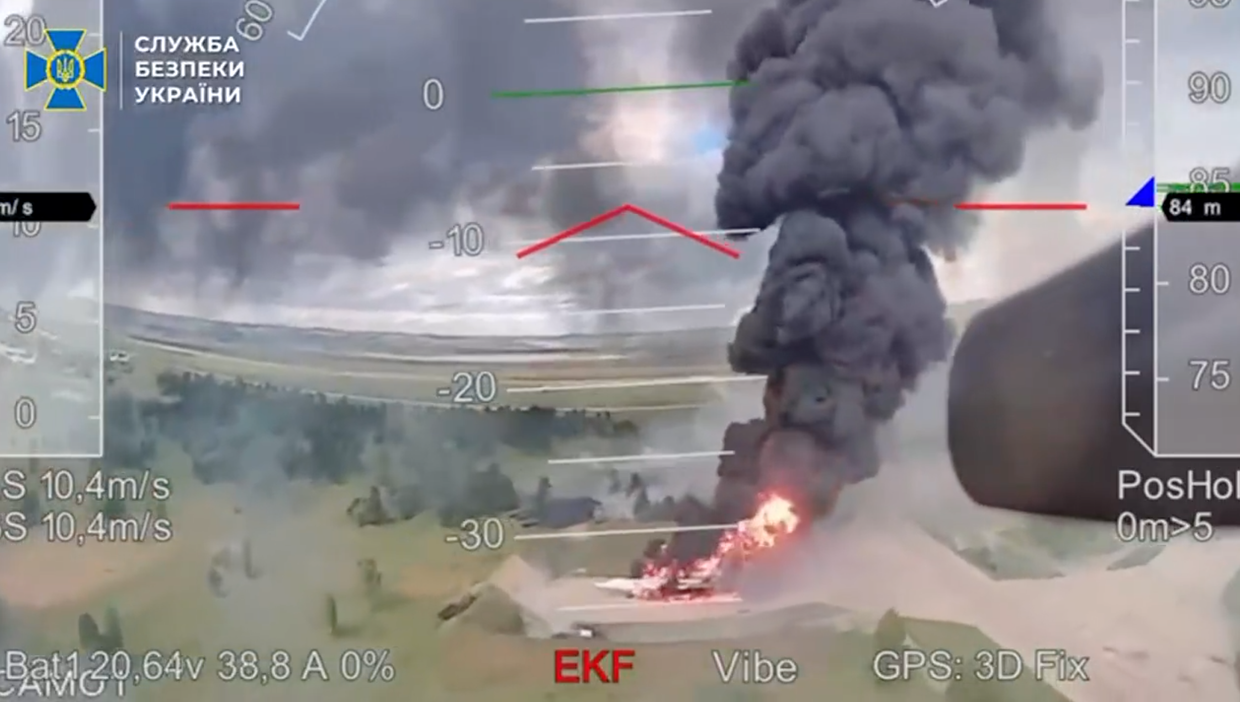





Comments